[vc_row][vc_column][social_buttons style=””][vc_column_text text_larger=”no”]Alaska’s living reefs – which house an entire ecosystem – are collapsing thanks to climate change and the disappearance of sea otters, new research published in the journal Science reveals.
Weakened by warming waters and increased acidity, the centuries-old reefs are being ground down by sea urchins, whose population has exploded following the functional extinction of their predator, the Aleutian sea otter.
“It’s basically a top down relationship,” says Jochen Halfar, a paleoclimate and paleontology professor at the University of Toronto Mississauga who studies sea floor algae and was one of the study’s authors.
He says that, with the loss of their original food source due to hunting, orcas now prey on sea otters, seals and other smaller marine animals. The adaptation has, in turn, led to the removal of sea otters from the system and their main food source – sea urchins – are now proliferating unchecked.
“It’s amazing the amount of sea urchins on the sea floor,” Halfar says, noting there were sometimes layers of urchins stacked on the seabed when he was diving. “I had to use knee pads to get down to the sea floor so the sea urchins wouldn’t puncture my dry suit.”[/vc_column_text][/vc_column][/vc_row][vc_row][vc_column][vc_single_image image=”1384″ img_size=”full” add_caption=”yes” alignment=”center” parallax_scroll=”no”][/vc_column][/vc_row][vc_row][vc_column][vc_column_text text_larger=”no”]Sea urchins prefer to eat kelp, but with so many dining on the once-abundant underwater forests, they’ve had to turn to an alternate food source: the coralline algae that form the reef.
Attached to the seafloor, the algae grow over thousands of years, one calcified layer after another, much like tree rings, with the living tissue on the surface. Halfar says the massive reef-like structures cover the Aleutian seafloor at a depth of 10 to 30 meters.
This isn’t the first time the sea otter population has plummeted, and sea urchin numbers have spiked. Halfar explains that, during the fur trade in the late 1700s and early 1800s, sea otters were hunted almost to extinction. By 1840 the population had declined so much that hunting them was no longer economical.
Yet, the reefs were nevertheless able to hold their ground against the urchins.
What makes the loss of sea otters so devastating this time around are changes to water temperature and acidity.
Oceans are warming, and, according to Halfar, the acidity is rising with increased concentrations of carbon dioxide from burning fossil fuels.[/vc_column_text][/vc_column][/vc_row][vc_row][vc_column][vc_single_image image=”1389″ img_size=”full” add_caption=”yes” alignment=”center” parallax_scroll=”no”][/vc_column][/vc_row][vc_row][vc_column][vc_column_text text_larger=”no”]To test the impact of temperature and acidification, the researchers put live algae and urchins in controlled environments that replicated preindustrial and current seawater conditions, plus those expected at the end of the century. Halfar says they found that the density of the calcified algae skeleton decreased and the urchin bites were deeper with higher levels of C02 in the water.
“The sea urchins, which might not have been able to attack the algae so easily maybe 50 years ago when it was colder and less acidic, are now able to inflict deeper bites,” Halfar says.
He explains that algae are built for grazing. They are able to repair their wounds and regenerate tissue. But if the bites are deep, large, or numerous, the algae can’t heal.
Read more about: Polar bear population will collapse
was about 35 percent to 60 percent greater than in preindustrial conditions. The rates grew by an additional 20 percent to 40 percent under future conditions. The results confirm that climate change has recently allowed urchins to breach the algae’s defenses, pushing the system beyond a critical tipping point.
“You get what’s called bioerosion,” Halfar explains. “The entire surface of the algae is eroded and the algae ultimately die.”
The coralline algae play a vital role in the Aleutian Islands’ marine ecosystem. Different species depend on the algae substrate to live in, find shelter, and reproduce.[/vc_column_text][/vc_column][/vc_row][vc_row][vc_column][vc_single_image image=”1390″ img_size=”full” add_caption=”yes” alignment=”center” parallax_scroll=”no”][/vc_column][/vc_row][vc_row][vc_column][vc_column_text text_larger=”no”]“These structures house millions of organisms. If these reefs disappear, we’re changing the entire ecosystem – bottom up,” Halfar says.
In conclusion, the end of whaling could see orca shift back to their original diet, leading to the return of sea otters, which would help reduce sea urchin populations and mitigate the bioerosion that’s taking place.
That, however, is only part of the puzzle.
“Obviously temperatures are going to keep increasing,” Halfar says. “And as long as we use fossil fuels, acidity is going to keep on increasing.”
The research was funded by the U.S. National Science Foundation and the Natural Sciences and Engineering Council of Canada.
By Patricia Lonergan[/vc_column_text][/vc_column][/vc_row]

Periodista ambiental y de conservación

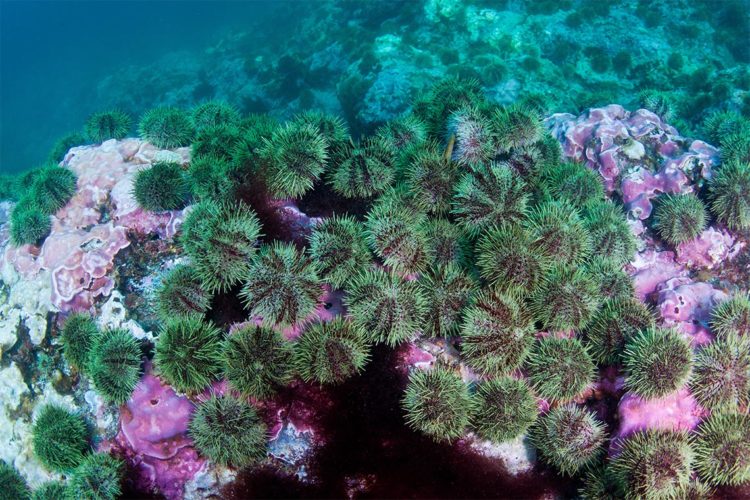


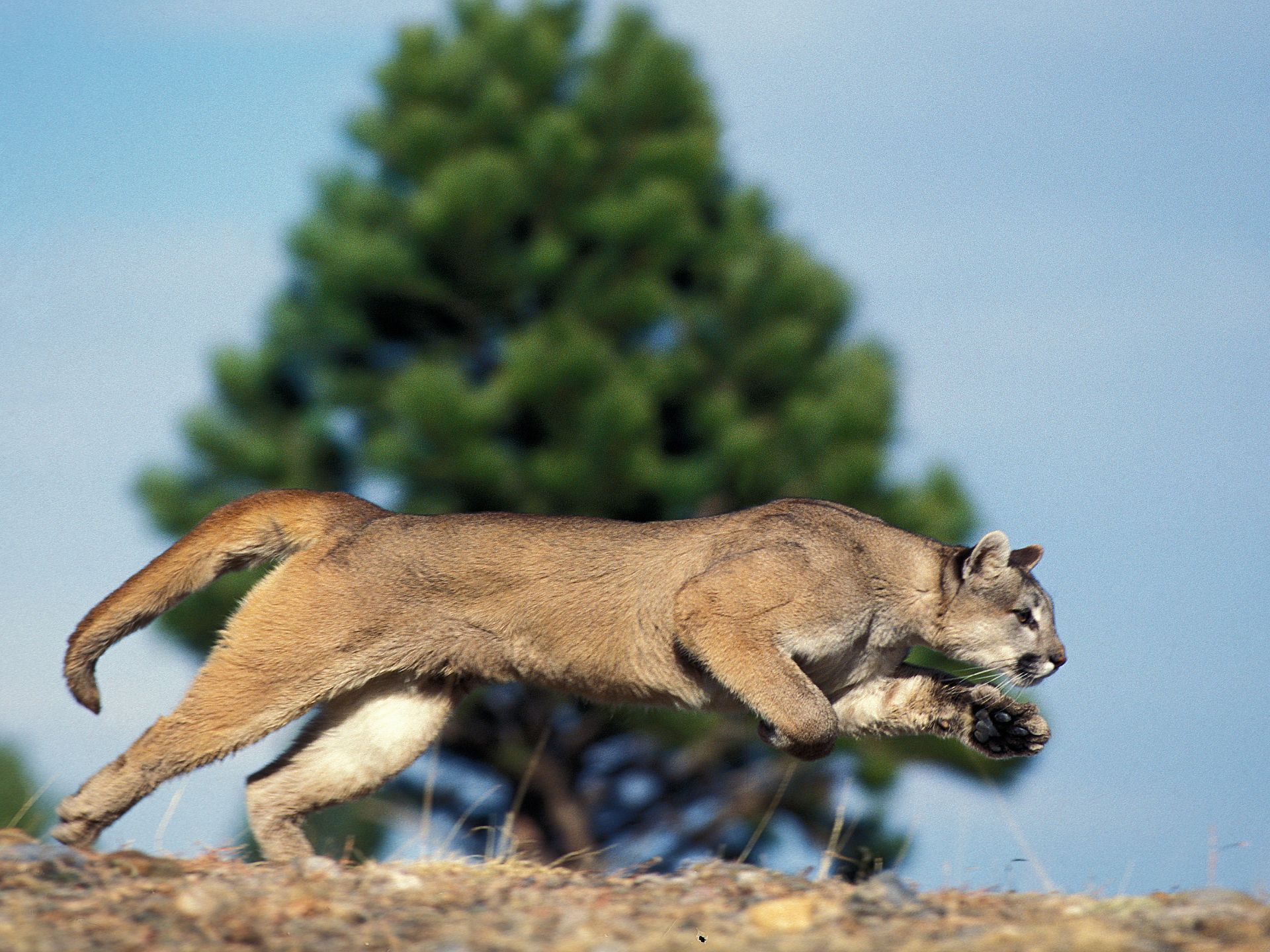
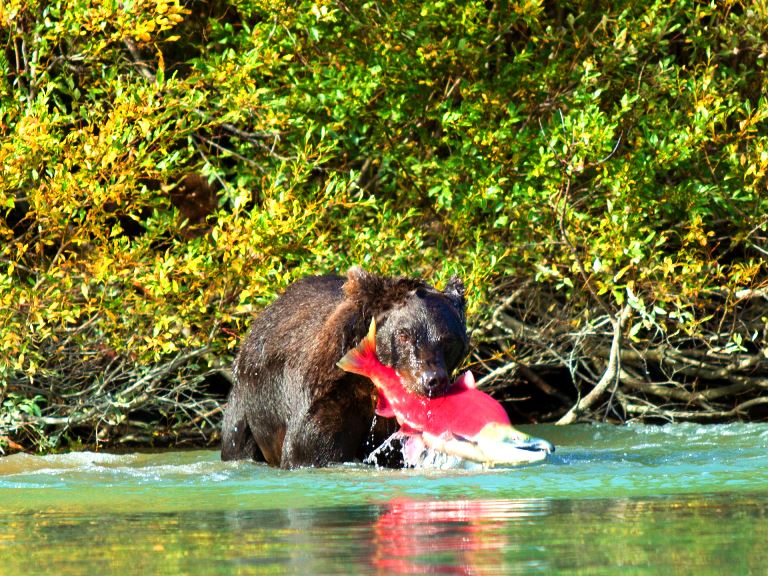
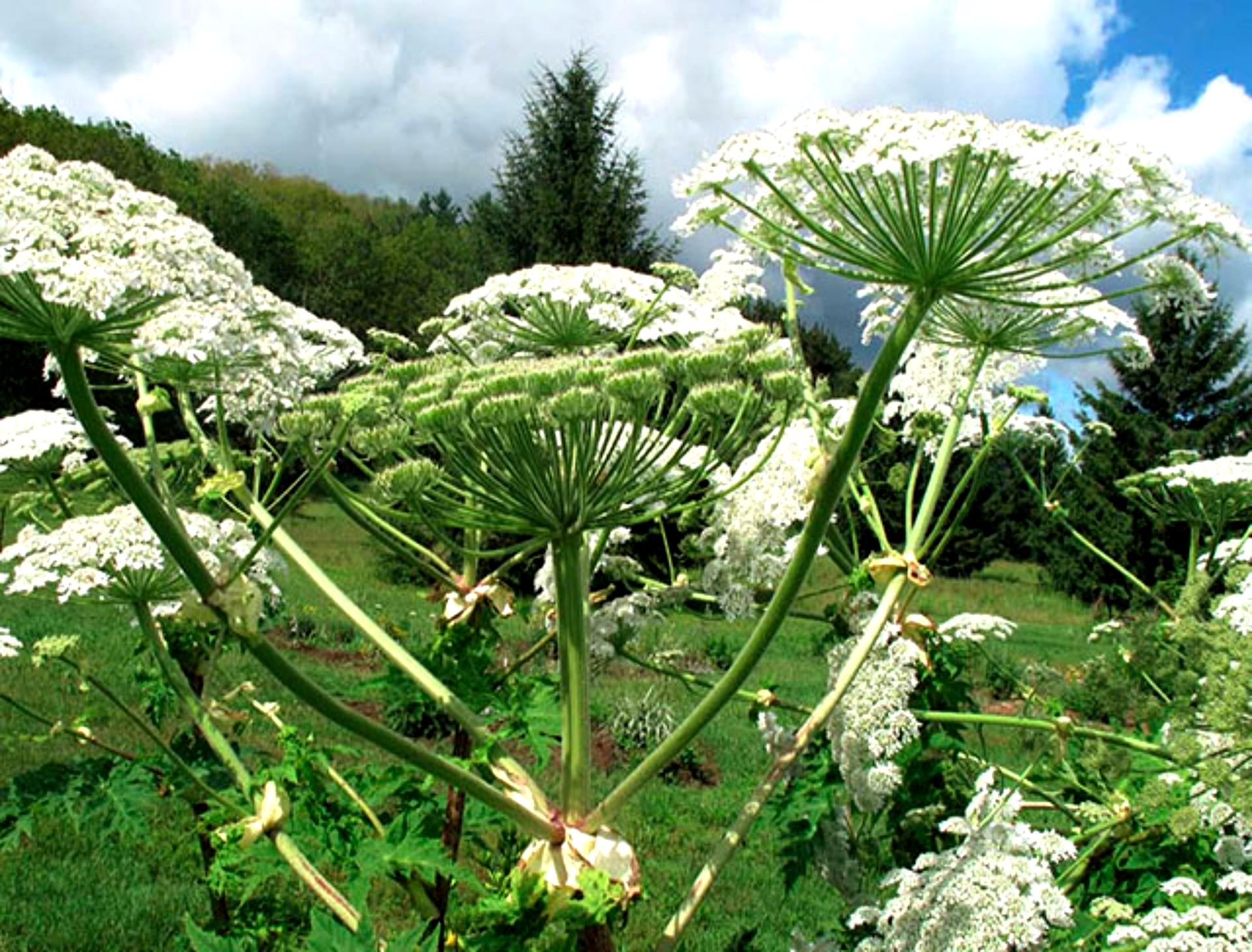
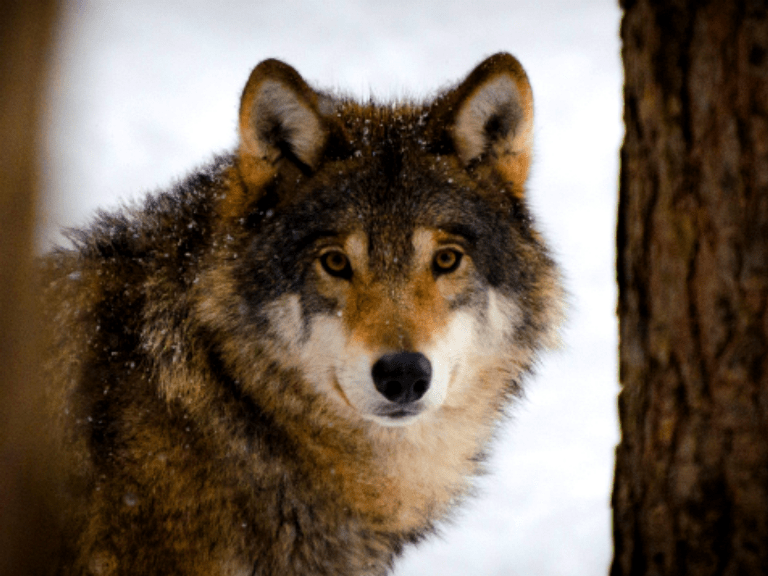
One thought on “Why Alaska’s reefs are being lost?”